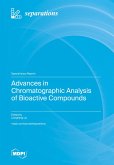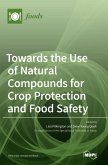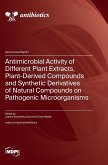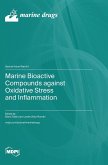Porphyrins, metalloporphyrins, and their analogs are a family of macrocycles that are ubiquitous in nature, playing key roles in a myriad of biological functions, such as in plant light-harvesting (e.g., chlorophyll, a magnesium-chlorin complex), oxygen binding and transport (e.g., heme group, an iron-porphyrin complex, responsible for animal cellular respiration), and bacteria photosynthesis. The pivotal functions fulfilled by these naturally occurring porphyrinoids have motivated and inspired organic chemists to produce synthetic porphyrins and analogs in the laboratory. In recent years, a multitude of applications for porphyrins has shifted the focus from purely academic interest to industrial processes. There is a growing recognition of the need to develop new, more selective, and environmentally friendly synthetic methods. Within this Special Issue, readers will find a collection of 16 original research papers and a comprehensive review, all dedicated to exploring the synthesis and functionalization of tetrapyrrolic macrocycles. These papers shed light on the vast potential applications of these compounds across various fields.
Hinweis: Dieser Artikel kann nur an eine deutsche Lieferadresse ausgeliefert werden.
Hinweis: Dieser Artikel kann nur an eine deutsche Lieferadresse ausgeliefert werden.








